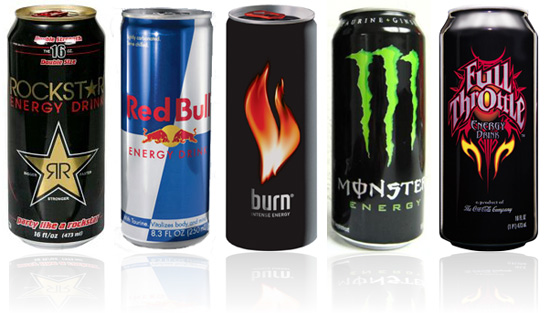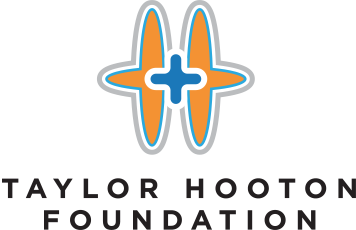June 21, 2017
Energy drinks: different labels, same risks
 Most energy drinks are now labeled with Nutrition Facts instead of Supplement Facts, but that doesn’t automatically make them safe. The most popular energy drinks contain about 80–120 mg of caffeine per serving (8 oz.)—about the same amount of caffeine in an 8-ounce coffee. Caffeine isn’t necessarily a bad thing. When used appropriately, caffeine can boost mental and physical performance. But each energy drink can or bottle often contains more than one serving, making it easier to consume larger amounts of caffeine, especially if you drink more than one per day. Too much caffeine (>400 mg) can cause nervousness, shakiness, rapid heart rate, and trouble sleeping.
In addition to caffeine, energy drinks commonly contain amino acids, vitamins, and plant-based ingredients such as guarana (which also contains caffeine) and ginseng. Although these ingredients are generally safe, there still isn’t enough reliable information about their long-term safety or how combinations of these ingredients might interact in the body.
If you drink energy drinks, here are some things to keep in mind:
Most energy drinks are now labeled with Nutrition Facts instead of Supplement Facts, but that doesn’t automatically make them safe. The most popular energy drinks contain about 80–120 mg of caffeine per serving (8 oz.)—about the same amount of caffeine in an 8-ounce coffee. Caffeine isn’t necessarily a bad thing. When used appropriately, caffeine can boost mental and physical performance. But each energy drink can or bottle often contains more than one serving, making it easier to consume larger amounts of caffeine, especially if you drink more than one per day. Too much caffeine (>400 mg) can cause nervousness, shakiness, rapid heart rate, and trouble sleeping.
In addition to caffeine, energy drinks commonly contain amino acids, vitamins, and plant-based ingredients such as guarana (which also contains caffeine) and ginseng. Although these ingredients are generally safe, there still isn’t enough reliable information about their long-term safety or how combinations of these ingredients might interact in the body.
If you drink energy drinks, here are some things to keep in mind:
- Be aware of how much caffeine (from all sources) is in each can or bottle, and limit the number you drink each day.
- Avoid caffeinated foods, beverages, and medications while using energy drinks. You may be consuming more caffeine than you realize.
- Don’t mistake energy drinks for sports drinks. Unlike energy drinks, sports drinks are designed to fuel and hydrate you during long workouts.
- Don’t mix energy drinks with alcohol. Energy drinks can mask the feeling of intoxication but still leave you impaired.
- Find other ways to energize yourself. It’s best to get the sleep your body needs, but you can try other ways to stay alert, such as exercising or listening to upbeat music.
